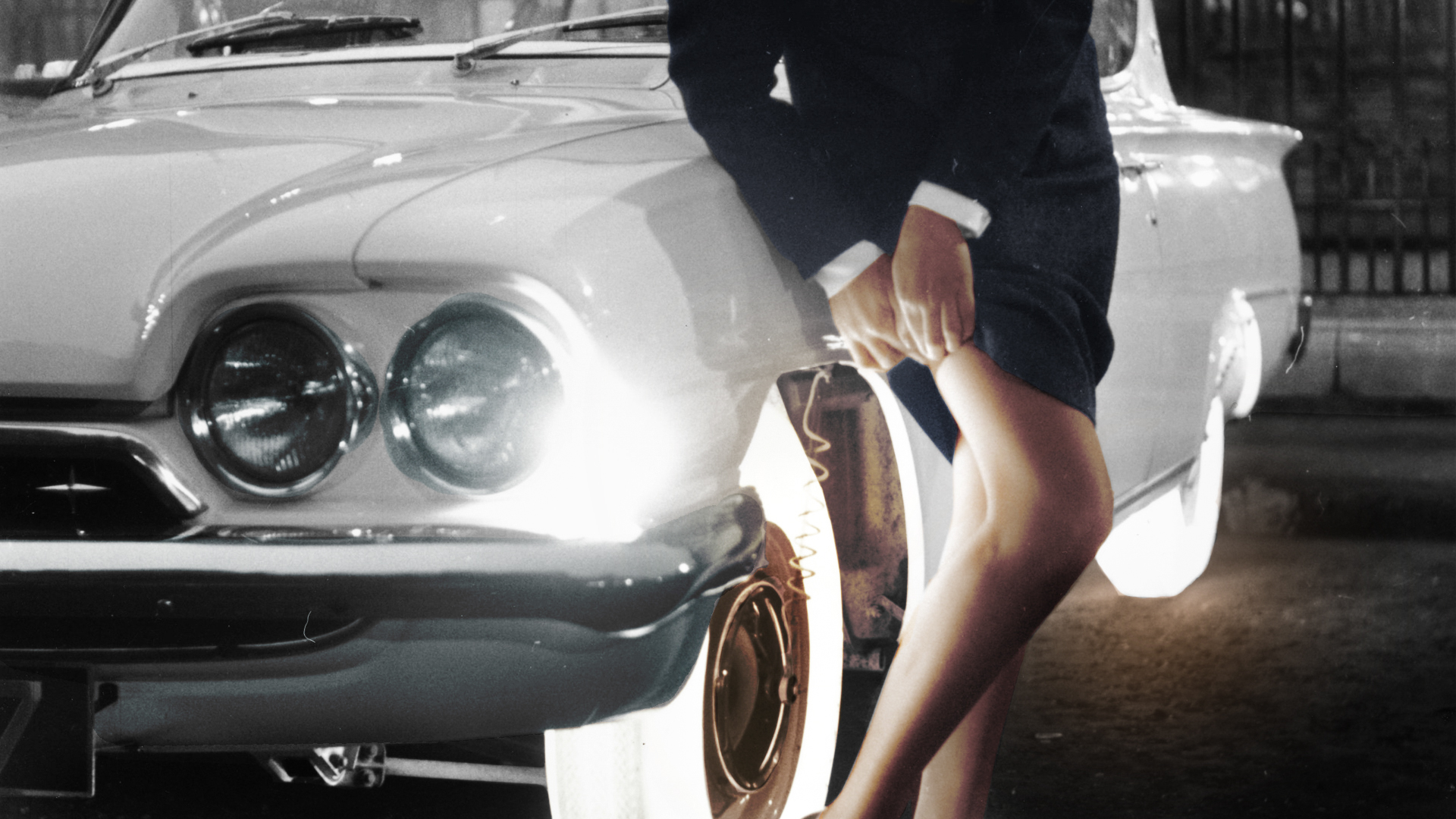

The 1950s and ’60s were time periods which helped to influence many aspects of western humanities: fast food, rock music, and, most importantly to us, cars. Americans took interest in the automobile as an extension of their personality and began to modify them to be more flashy and desirable. So when Ohio-based Goodyear Tire & Rubber Co. began experimenting with “the tire of tomorrow,” it was only natural that the world became intrigued.
William Larson, a chemist at Goodyear, worked together with fellow employee Anthony Finelli to create a polyurethane compound called neothane, a material which allowed Goodyear to build a tubeless, cordless tire which could be dyed in a plethora of pigments.

The result was an expressively colored tire which could be fitted to a wheel and provide an accent of individuality.
“Goodyear’s translucent tire can be produced in any color to match the car…or perhaps the wife’s new outfit,” Goodyear’s development manager John J. Hartz said in 1962. ”Someday a wife may tell a husband: ‘Charlie, go out and change the tires. I’m wearing my blue dress tonight.”
But what really made the tire compound unique was the ability to allow light to pass through. Engineers fitted the tires with 18 light bulbs wired into the center of the wheel, creating an electroluminescent-like glow on the ground and in the car’s wheel wells.

Goodyear paraded its tires around to grab public interest. It placed a set of red tires on a Dodge Polara and drove it around downtown Miami. It did the same in Manhattan with a Chrysler Silver 300; to Rockefeller, to Times Square, to the UN. Pedestrians were dumbfounded—after all, this was the ’60s.
But the tires never officially went on sale. Instead, a local custom car builder who caught the attention of Goodyear was permitted to own a set of the tires. Meet Jim “Street” Skonzakes, the creator of the $75,000 futuristic Golden Sahara II who proudly displayed his car’s “glass tires”.

The public loved it. It was flashy and fit the ’50s styling absolutely perfectly. What other car in the time period even had automatic braking? It was like something out of a movie…because it was. 1960’s comedy film Cinderfella featured the Golden Sahara II, albeit with whitewall tires.
Over the years, the Golden Sahara II came on rough times. Its paint faded and portions of the vehicle was held together with duct tape. When automotive museum Klairmont Kollections noticed that the rare commodity was up for auction at Mecum, the $350,000 price point felt like a dream come true. Eventually the car was sent to Speakeasy Customs who would work to restore the one-off piece of art. As part of the restoration, Goodyear agreed to supply four brand new translucent tires and the completed project made its way to the 2019 Geneva International Motor Show.



Photos of the restoration process helped to show how the tires were illuminated and how the final product appeared once installed. And while the Golden Sahara II had no exposed wiring, many examples, such as the photo at the top of this article, show that custom wiring had to be run through the fender and attached to a central mounting point at the vehicle’s hub.
At this point, you’re probably wondering what happened to the tires. If they were so cool and well-received, why didn’t they appear on more vehicles? Aside from cost being the largest inhibitor (and ultimately what was responsible for killing the project), the tires weren’t exactly practical. A few miles of road driving would render illumination useless, as road debris and wear would cover the synthetic tires in soot.
Then came the safety issues. The compound did not provide enough grip in rainy weather, nor did they hold up to hard braking due to the relatively low 250-degree pouring temperature of the compound. Flat spots would have become a large problem. So in the name of function over form, the project did not come to fruition after ten years of development.